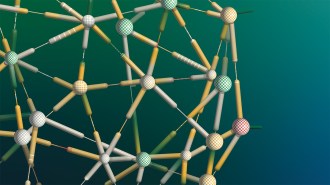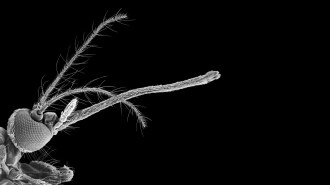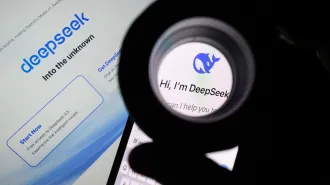- More than 2 years ago
From Anaheim, Calif., at a meeting of the American Chemical Society
For the past several years, researchers and electronics firms have pursued the goal of making a flexible computer display that looks and feels like paper.
Current strategies for making e-paper, as it’s called, typically rely on newly designed synthetic conducting materials. Researchers at the University of Texas at Austin are taking a more natural route: They’re employing cellulose, the main ingredient in paper.
“The idea is to emulate paper by using paper,” says graduate student Jay Shah, who worked with microbiologist R. Malcolm Brown Jr. to invent the technology. The pair’s goal is to make displays that have greater contrast and lower power consumption than competing technologies.
Instead of using cellulose from wood pulp, the researchers draw on material secreted by bacteria. The fibers naturally assemble into thin films with a paperlike appearance. To make the films conduct electricity, the researchers add special dye and conductor molecules.
When the researchers place the conductive paper between two electrodes and apply a voltage, the material turns dark. The opposite voltage renders the paper light again. The switching speed between dark and light is moderately fast, on the order of 400 microseconds.
Shah and Brown have made several e-paper prototypes. One is a rewritable device, in which one of the electrodes acts as a pen. By passing the tip of the pen over the e-paper, users can readily draw and erase patterns on the surface. The University of Texas researchers envision making electronic newspapers, flexible e-books, and rewritable maps with their cellulose material.





